By John A. Charles, Jr.
President Biden is proposing to spend $174 billion subsidizing the electric vehicle (EV) industry as part of his American Jobs Plan. His ultimate goal is to eliminate the vehicles most of us use today, powered by gasoline or diesel fuel. As he said recently at a press conference, “The future of the auto industry is electric. There’s no turning back.”
Actually, it would be easy to turn back, because almost no one is buying EVs. In 2020, the three most popular new cars in America were the Ford F series (787,422 units sold), the Chevrolet Silverado (586,675), and the Ram Pickup (563,676). The total number of all-electric cars sold was only 252,548, about 2% of the new vehicle market.
Moreover, 40% of those EVs were sold in one state: California. In the other 49 states, EVs are irrelevant.
Naturally, Oregon politicians think we can do better. In 2017, Governor Brown announced a goal to reach 50,000 EVs owned by 2020. As of April 2021, there were only 31,977 such vehicles in Oregon.
Not only are all-electric vehicles unpopular and expensive, many first-time buyers also don’t purchase them again. According to a recently published study, 18% of California buyers of battery electric vehicles abandoned the technology after trying it. For plug-in hybrid vehicles, the “discontinuance” rate was 20%. According to surveys, the reasons for consumer dissatisfaction included the inconvenience of charging, and not having level 2 (240-volt) charging at home.
Obviously, politicians know that EVs are a niche product, so why the expectation that all of us should be driving one? The primary argument is based on the belief that EVs are cleaner than internal combustion engines. That’s a dubious assumption.
The components required for lithium-ion batteries used in EVs require vast amounts of destructive mining. According to the International Energy Agency, a typical electric car requires six times the mineral inputs of a conventional car. Those batteries also need to be charged with electricity, and wind power is the preferred “green” source in the Northwest. But an on-shore wind plant requires nine times more mineral resources than a gas-fired power plant.
Moreover, wind and solar facilities are utterly unreliable, so every time we add another wind farm or solar array to the grid, we have to construct back-up sources in equal amounts. In most cases the back-up source will be a fast-starting natural gas plant. Building two sets of power sources, one using fossil fuel, doesn’t offer any environmental benefits.
There are also issues of safety with high-voltage EV batteries. In mid-April, a Tesla veered off the road near Houston and struck a tree, bursting into flames. In addition to the tragedy of two passengers dying, it took firefighters more than four hours and 30,000 gallons of water to extinguish the flames.
Fires in EVs pose two main dangers in an accident. First is the risk of electric shock from exposure to high-voltage connections in a damaged battery. The second is the risk that damaged battery cells will experience uncontrolled increases in temperature and pressure, known as “thermal runaway,” which can lead to venting of toxic gases, cell rupture, and release of projectiles.
Lithium-ion batteries in EVs have the potential of 300 to 400 volts or more, with 800-volt EVs already on the market. In comparison, the familiar lead-acid car battery that supplies power to start an internal combustion engine has just 12 volts.
On average, there are 16,438 motor vehicle accidents each day in the U.S. If every vehicle on the road is powered by a high-voltage battery, there will be significant additional risks to both passengers and first responders from these crashes.
Many voters passively accept governmental mandates as a sort of background noise; but when real shortages arrive, it’s a different story. It doesn’t matter whether the commodity is gasoline, electricity, or toilet paper, Americans hate long lines, and they hate being told what to buy. Politicians who try to force EVs on everyone are likely to have short careers.
Contrary to President Biden, it’s not too late to abandon the EV mandate. In fact, there will never be a better time than today.
John A. Charles, Jr. is President and CEO of the Portland-based Cascade Policy Institute, Oregon’s free market public policy research organization. He can be reached at john@cascadepolicy.org. A version of this article was published in the Portland Tribune.
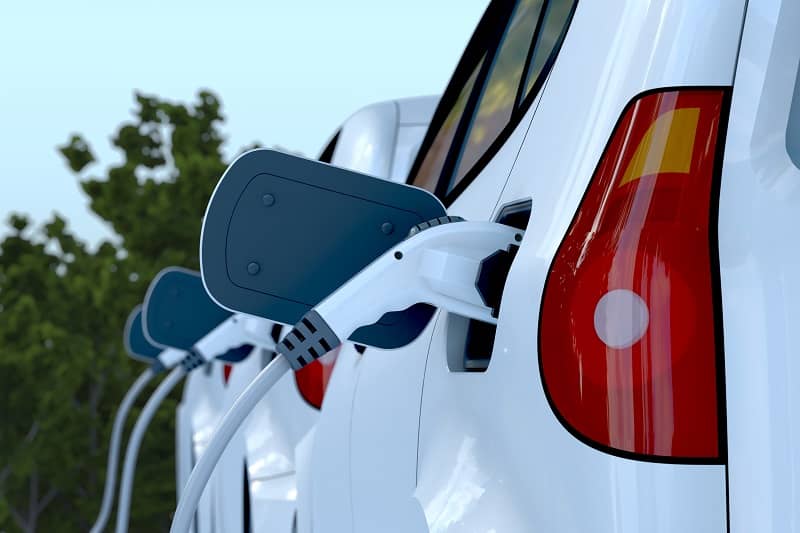
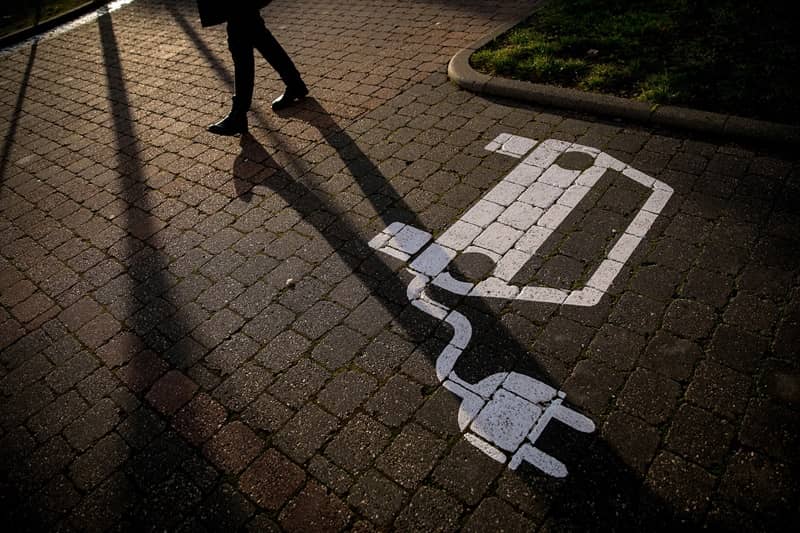


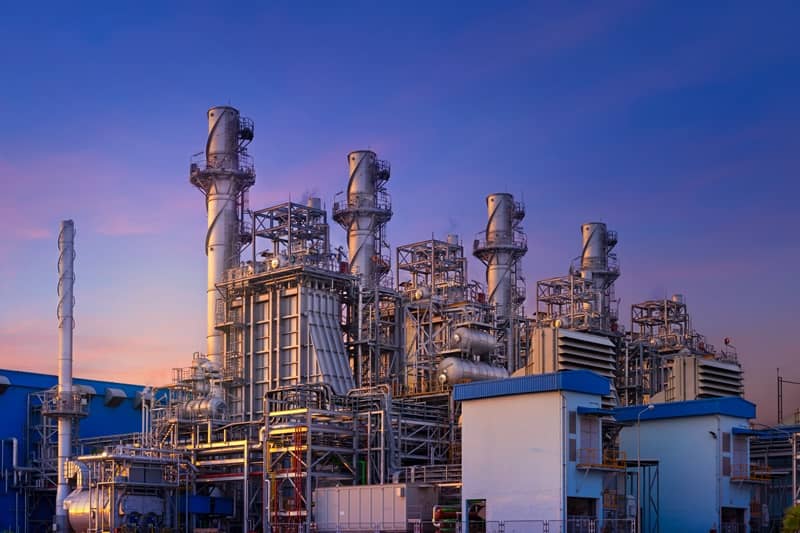

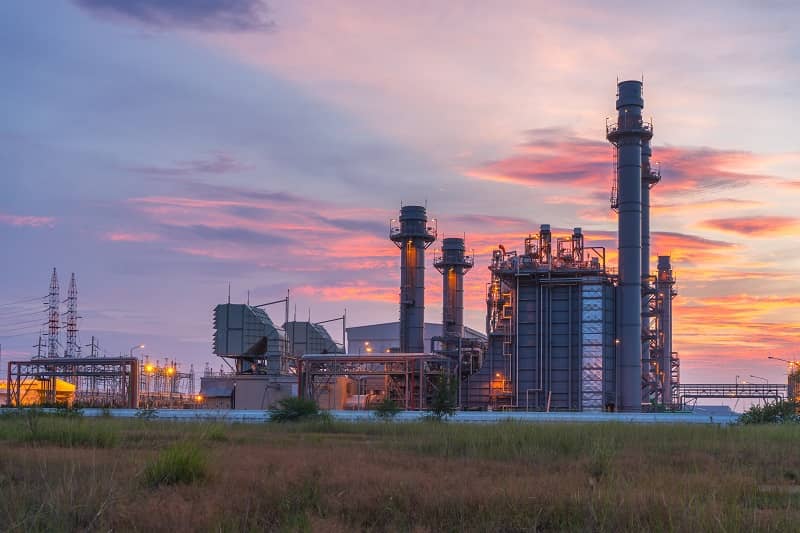




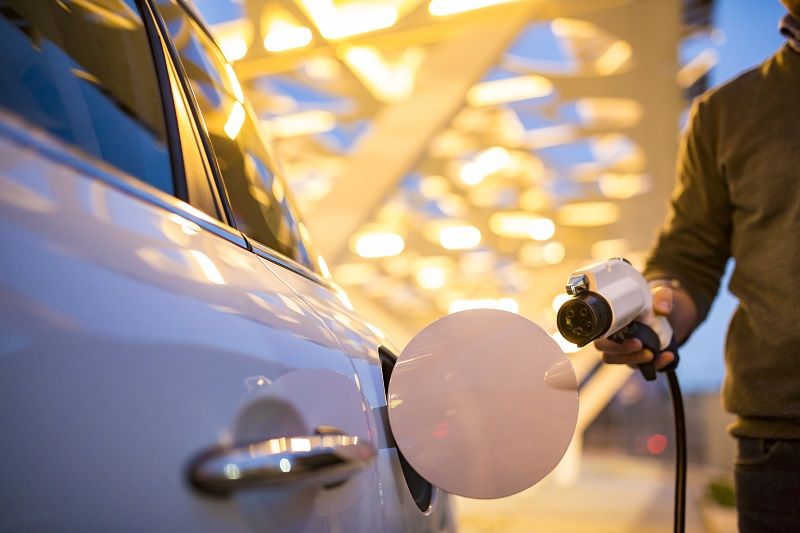
Robert Clark
John-
The Oregon PUC is looking at cross rate subsidies for encouraging electric vehicle charging, and this docket case is UM 2165. The PUC is holding work shops on its role in making electric vehicles happen in mass. Most of the folks attending these workshops are environmentalists sold on electric vehicles, lobby type people for electric vehicles, PGE and PacifiCorp staff who love the idea of earning building redundant electric capacity as they earn a guaranteed ten percent like return on their capital expenditures. Even Citizen Utility Board seems co-opted arguing against doing cost benefit analysis.
Mark Warner
President Biden’s flat declaration that “the future of the auto industry is electric,” and that “there is no turning back,” seems to be a variant of a rhetorical tactic that is often used by social reformers, both in and out of government, as an excuse for not providing a rational argument for their proposals for more central economic planning,, which they know can’t stand up to close examination. Their strategy is as follows: Try to instill in the minds of the masses the notion that the new economic order they wish to see come about is inevitable and beyond the realm of human volition and that resisting it is therefore an exercise in futility. Then nobody will see any reason to oppose it.
Donald Palmer
While Mr. Charles makes many valid points, I have to say that electric cars are fun to drive (my wife has a Tesla 3). The instant performance and quiet operation is spectacular to me. It is also so convenient to just plug it in the charger at night when we need to “fill it up” and then be ready to use in the morning is a luxury for me. So far the maintenance for the car in almost three years is zero. With regard to the car fire issue, I have not read any studies that states that electric cars are more prone to fires vs ICE vehicles. To my knowledge the Tesla vehicles have passed the highest rating for car safety per governmental regulations. As for costs, I agree that the first products were very expensive and beyond the reach for most folks, but they are getting less expensive as competition (free market) always does. Finally, if EV’s are so good, why does the government have to get involved and subsidize them? Consumers will migrate to them if they are so great anyway.